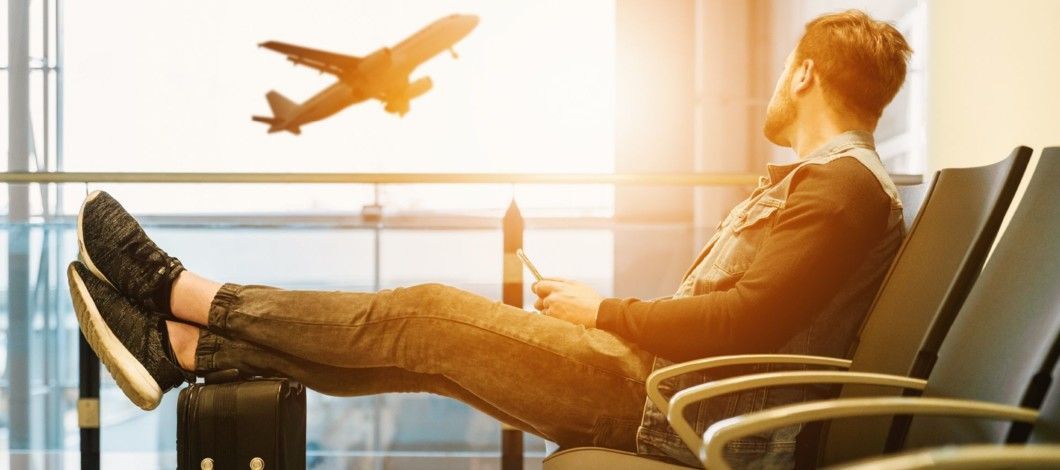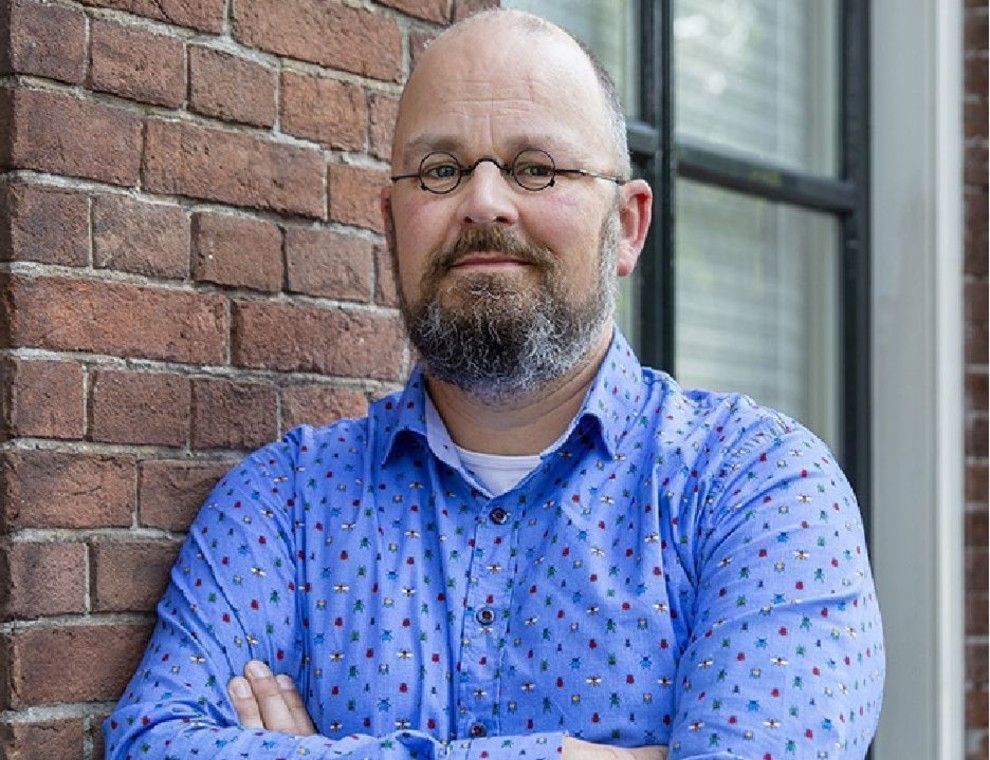To show you how to fill in your marketing communications when focusing on one of the target audiences, we take Adventure seeker Maika and Peace seeker Bert as an example. We take you through their unique experience journey and use Google’s travel moments as the foundation.

Travel moments
Travel Moments show the theoretical phases a guest goes through when orienting, deciding and visiting a destination. It all starts with becoming aware of the need - the I.want.to.get.away-moment. In this phase, it’s important to attract people to your brand by offering inspiration and getting a positive attitude for what you have to offer.
Next, the potential guest arrives in the Time.to.make.a.plan-moment. In this step, the need for more functional information comes the surface. Information about which flight to take, where to stay, when to go on vacation, etc. Any information that’s necessary to set preferences regarding the destination and accomodation.
Based on this information the guest makes a decision and goes to the Let’s.book.it-moment. This is the moment where conversion happens. When they’ve chosen you and start their booking process, make sure they don’t leave! Make it as easy as possible to book something. Create assurances based on your target audiences and assure them they made the right decision coming to you.
After booking, the guest comes into a phase between booking and the actual trip. The anticipation phase or the Can’t.wait.to.explore-moment. This step isn’t frequently used by organizations, although it can be an interesting way to communicate with your guests. Feed the anticipation, give tips, show the weather forecast, show which excursions you offer, ask if you can book something for them, etc
Finally, the time is there: The.moment! This the moment you’ll welcome your guests in person. The moment where you actually offer your services and, therefore, a crucial step in the guest’s experience. We divide this step in three mini micro-moments: Arrival, Staying and Departure-moment. These moments offer countless amount of opportunities to satisfy your guest and, with that, completely ruin it at the same time. These are the moments that can turn a guest into an ambassador, a neutral guest, or a critic. Strive for the first one and your guests will do the job of getting new guests to your organization for you.
But it doesn’t end with the Departure-moment. When your guest leaves, he arrives in the Fully.charged-moment. Reminiscing their stay while smoothly getting into the I.need.to.tell.everyone-moment. This last phase shows if you met their expectations and exceeded them or if it wasn’t a match at all. This can be both visible through reviews, but also invisble when your guest share their experience with their friends in private. They will show pictures and videos, tell stories, show the location on Google Maps, and much more.
The travel moments-model is a nice structure to base your communications on. It’s great to be aware of the different stages and to use those channels and features to attract a guest to your organization and satisfy him. Depending on the moment and the target audience you focus on, you decide on diffferent channels systems, messages, and/or tone of voice.
Discover everything about Google’s travel moments in this blog.
To show you how this works for different audiences, we take two entirely different lifestyle groups: the Adventure seeker and the Peace seeker.
Maika en Bert en hun Travel Moments
We’ve already introduced them in a previous blog: Maika and Bert. Maika is an Adventure seeker. She loves to experience (new) things. She is active, curious, and socially concerned. Bert is a Peace seeker, loves peace and quiet and regurlarity. Bert has a strong desire of reassurance and loves going to a trusted environment.
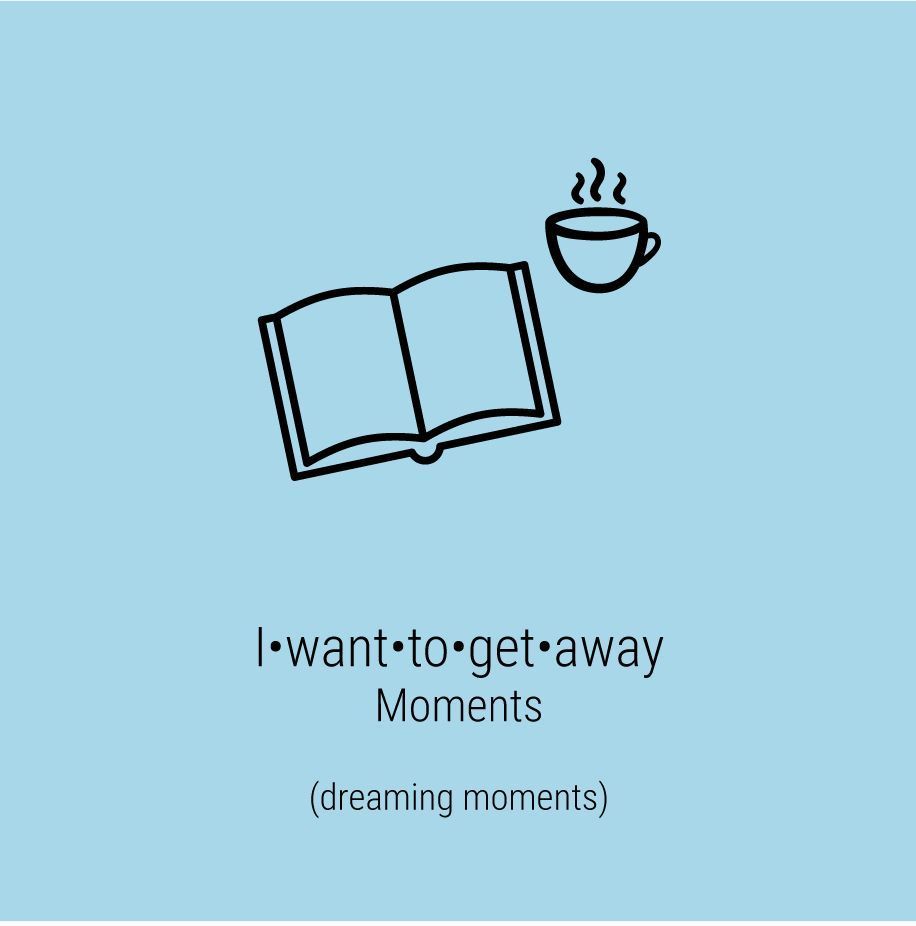
I.want.to.get.away
Already in this phase, we see a huge difference between the two lifestyle segments. Bert, the Peace seeker, orientates based on trusted, traditional resources: through a travel magazine, a holiday fair, or his favorite travel agency. Maika, the Adventure seeker, uses Lonely Planet magazine, travel influencers, and travel blogs to orientate. Maika loves to see thrilling and inspiring images. Bert loves the familiar, uncomplicated, and clear images. He wants to know where he ends up staying.
This is where it all starts! It’s essential to know your target audience to reach them with your offer on the moment they are aware of their desire to travel. Be there at the right channel with the right message, the right tone of voice, and the right visuals.
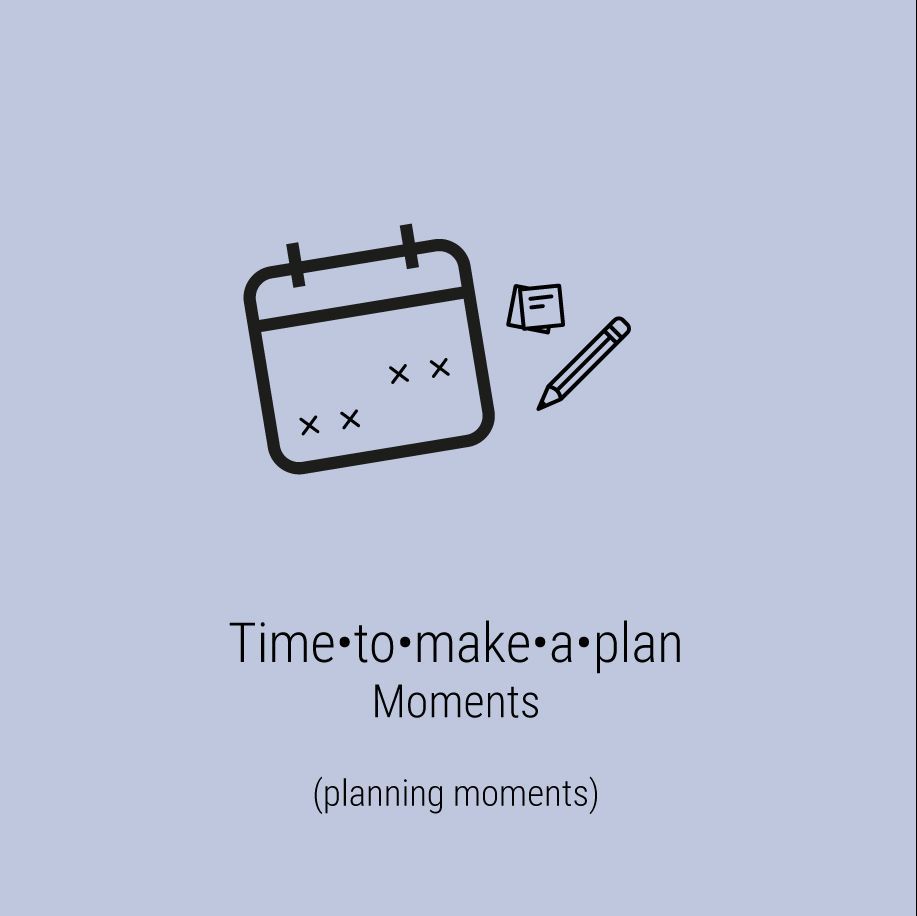
Time.to.make.a.plan
The moment of planning is a lot earlier for Bert than for Maika. Bert often plans his vacation a year beforehand. It gives him peace of mind. Maika travels last minute, so her Time.to.make.a.plan-moment is close to The.moment. When we look at the intensity of planning, we see that if Bert decides on a unfamiliar location (which he won’t do often), he needs a lot of information about the location. Bert needs reassurance and that makes that he needs to know what everything costs and if he can park his car somewhere. Do they speak the same language? What is the weather like? How much luggage can I take with me? What food is served there? Bert preferably looks for a buffet so he can decide what to eat.
Shortly: if Bert is your target audience, make sure that all information is accurate. If it’s not, Bert will leave just as easy and go to your competitors.
Maika, on the other hand, doesn’t need all this information. She wants to be inspired in this phase. Can she discover something new? Is it adventurous? Of course, she wants to know what all of this is going to cost, but she will leave all the practical stuff up until its time to travel. She likes discovering the unknown and not knowing everything beforehand. For her themes such as sustainability are important.
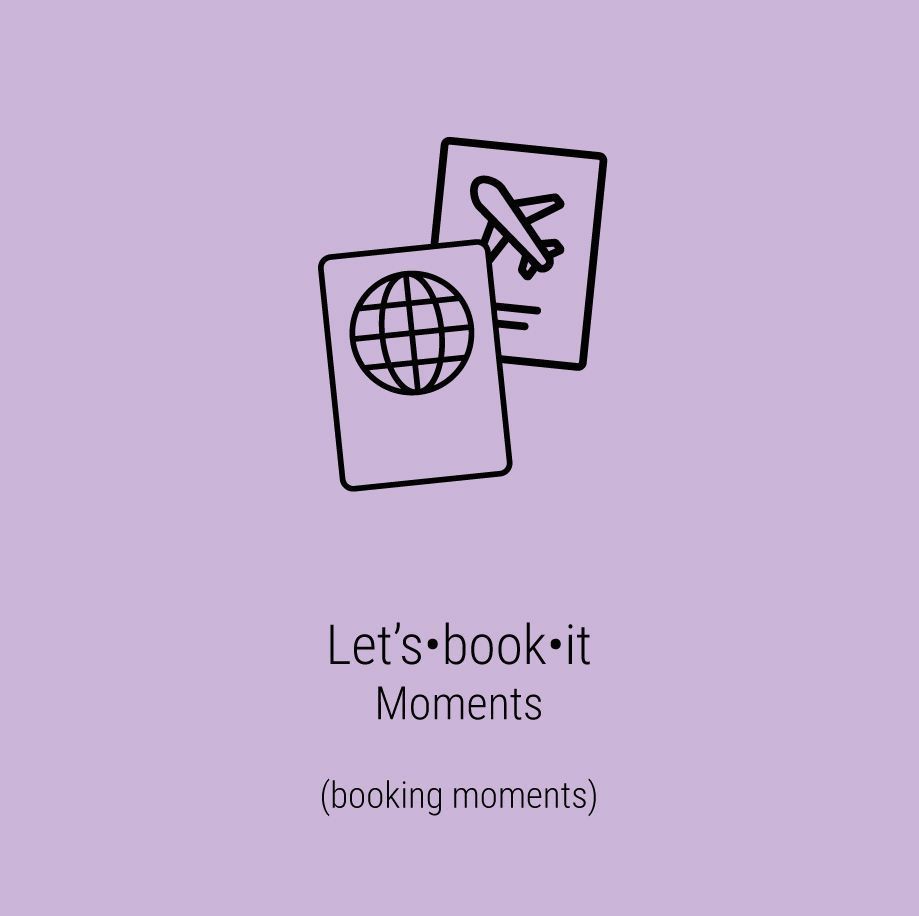
Let's.book.it
It’s not likely Bert and Maika come across one another during their stay. Bert loves staying on huge campsites, bungalow parcs, or hotels of a well-known chain. Maika is a 100% different! She will look for a hostel, a boutique hotel, an Airbnb or a simple camping. Bert likes certainty when booking. So make sure you have a clear, step-by-step booking process that sends a confirmation e-mail afterwards. The possibility to book things such as renting a bicycle, full pension, a blancket package, and a cancellation insurance beforehand absolutely matches Bert’s wishes.
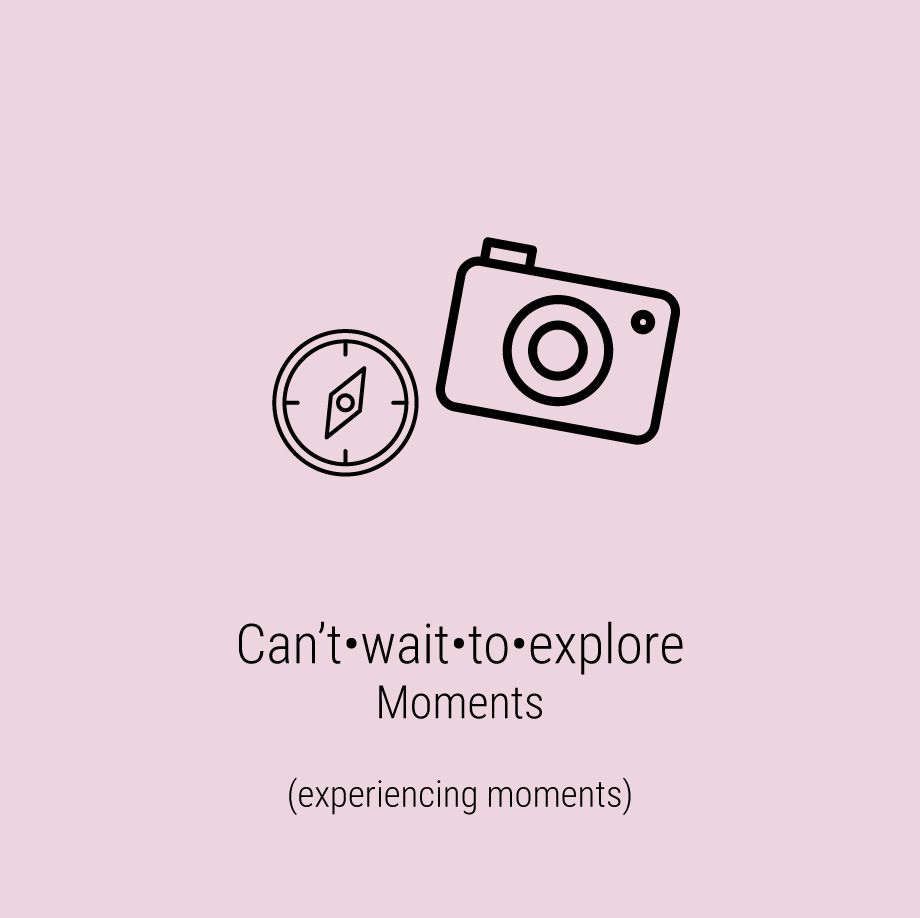
Can't.wait.to.explore
The anticipation stage! For Maika this is the moment to dive into the culture, find more inspiration, and pack her back. When you want to communicate with Maika during this phase, you need to inspire her with beautiful sights and unique activities. For Bert, you need to send a checklist with practical things for his stay. Show him the bungalow inside out and assure him that he can count on you.

The.moment
When your guests arrive, explain to Bert where he and his wife can find their room, preferably using a map. Explain at what time and where they can eat (also using the map), what the wifi code is, give them a book with a map of the environment, and tell them if they have any questions, that they can ask this colleague. She is the one that speaks the Dutch language best.
When Maika arrives, you can have an casual conversation. She can manage herself, even finds it a little annoying when you explain everything on a map. During her stay, Maika loves talking to the hotel staff, since they are locals. She asks them where they as locals eat, where they go in their spare time, and some inside information about the environment.
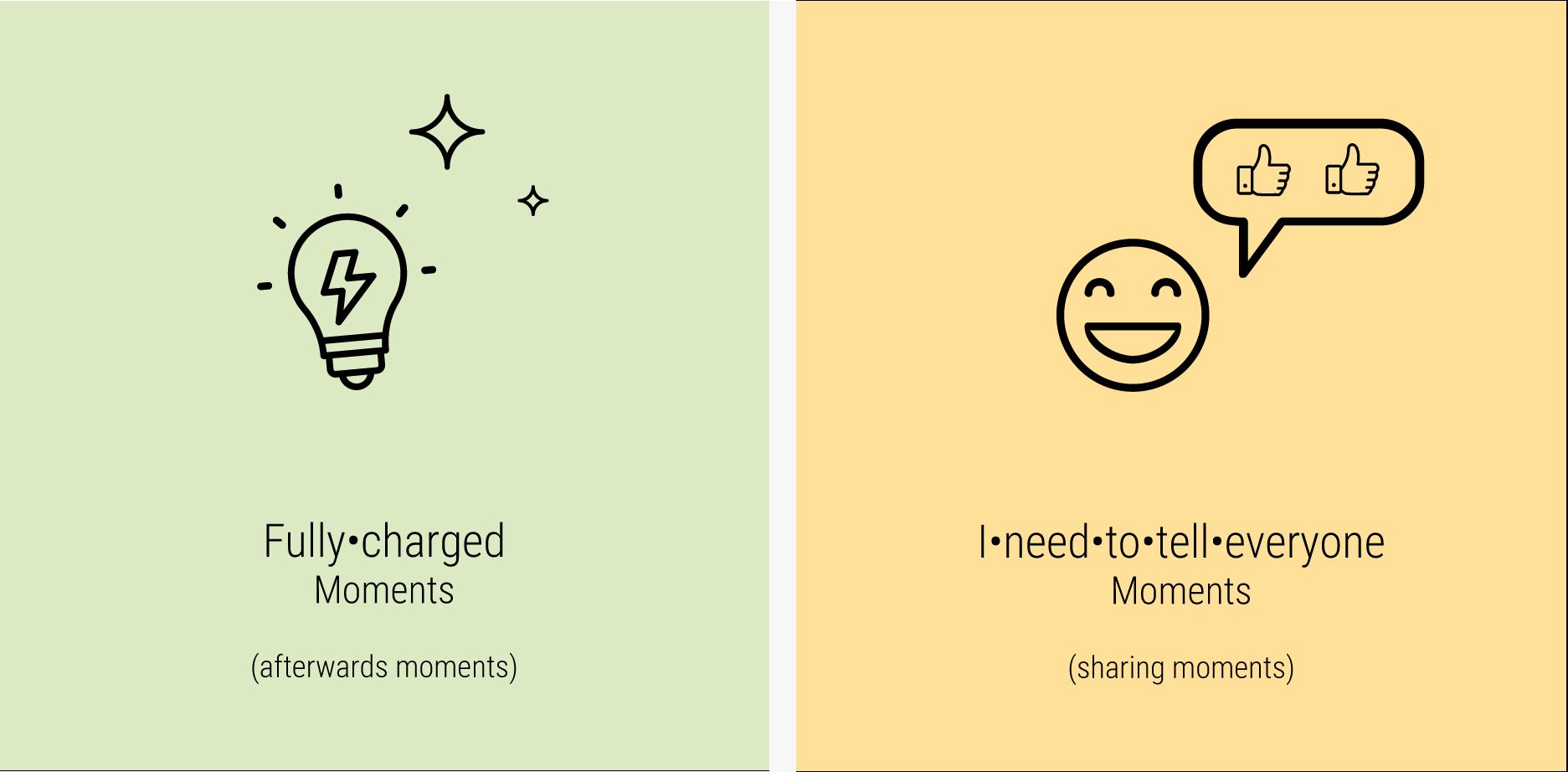
Fully.charged & I.need.to.tell.everyone
Bert departs back home and is fully charged. He has enjoyed the sun, read a book, and ate well. Which is exactly what he will tell his neigbours when they ask him how his vacation was: “The drive to the location went well, the weather was good, and the food was delicious. Might be a great place for you to stay next year.”
Maika leaves satisfied. She’s met people and spoken to them, and has lived the life of the locals. When she arrives back home, she tells her friends all about it, shows pictures, and tells about the moment she realised that her place in the world is ever so slight.
It may all be clear by now: Bert and Maika are each others opposites which charges the differences between their values and needs. It’s good to realize that each target audience is different from the other and will need another approach. In every stage of the experience journey and each travel moment. Define your target audience, dive into their needs, desires, behavior and values, and look through their eyes to your organization. Look at your product, service, staff, promotions, communications, photos, texts, and tone-of-voice. You need to optimize each and every element for your target audience so you can accelerate. It’s then you’ll notice that you don’t have to compete solely on price but on the power of connecting with your target audience and meeting their needs. This way, you won’t attract the Berts to your hostel, but will attract many more Maikas. Now you’ll not only survive the travel industry, you’ll win. Even when times get tough.
